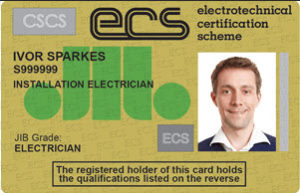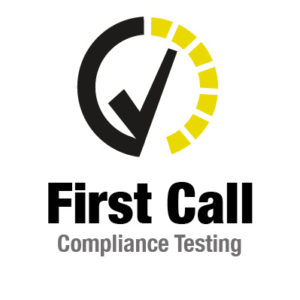All electrical installations deteriorate with age and use. They should therefore be inspected and tested at regular intervals to check whether they are in a satisfactory condition for continued use. Such safety checks are commonly referred to as ‘periodic inspection and testing’ but are now called
‘Electrical Installation Condition Report’ (EICR). We also carry out inspection and testing of fire alarm systems to BS5839-1 and emergency light testing to BS5266-1
What compliance testing do we undertake?
-
Electrical Installation Condition Report (EICR) to BS7671
-
Fire Alarm Testing to BS5839-1
-
Emergency Light Testing BS5266-1
A electrical periodic inspection will:
- Reveal if any of your electrical circuits or equipment are overloaded.
- Find any potential electric shock risks and fire hazards.
- Identify any defective electrical work.
- Highlight any lack of earthing or bonding.
Tests are also carried out on wiring and fixed electrical equipment to check that they are safe. A schedule of circuits is also provided, which is invaluable for a property.
How often is a periodic inspection required?
Your electrics should be inspected and tested every:
- 10 years for an owner-occupied home.
- 5 years for a business property.
- 3 Monthly for site temporary installations.
Other times when a periodic inspection should be carried out are:
- When a property is being prepared for letting.
- Before selling a property or buying a previously-occupied property.
Who should carry out the periodic inspection and what happens?
Periodic inspection and testing will be carried out only by electrically competent persons, qualified to City & Guilds 2391 or equivalent. They will check the condition of the electrics against the UK standard for the safety of electrical installations, BS 7671 – Requirements for Electrical Installations (IET Wiring Regulations).
The competent person will then issue an Electrical Installation Condition Report detailing any observed damage, deterioration, defects, dangerous conditions and any non-compliances with the present-day safety standard that might give rise to danger.
If anything dangerous or potentially dangerous is found, the overall condition of the electrical installation will be declared to be ‘unsatisfactory’, meaning that remedial action is required without delay to remove the risks to those in the premises
A fire alarm & emergency lighting periodic inspection will:
- Reveal if any part of your fire alarm system does not operate.
- Check that the system complies to the relevant fire risk assessment for the property.
- Check that the existing system complies with BS5839-1 regulations.
- Highlight any lack of earthing or bonding.
How often is a periodic inspection required?
Your installation should be inspected and tested every:
- Fire alarm installations should be tested at a maximum interval of 6 Months by a qualified competent person but this is dependent on the type of property and the fire risk assessment. Routine weekly testing by the building occupier should also be carried out
- Emergency lighting should be tested Monthly by a competent person for a functional test plus 6 monthly battery test for 1 hour and annually for the full rated duration of the emergency lights. It is also recommended that daily visual inspection is carried out by the building occupier to insure the charging indicator light is lit and no damage has occurred to any of the fittings.
If anything dangerous or potentially dangerous is found, the overall condition of the installation will be declared to be ‘unsatisfactory’, meaning that remedial action is required without delay to remove the risks to those in the premises
 The competent person will then issue an Installation Condition Report detailing any observed damage, deterioration, defects, dangerous conditions and any non-compliances with the present-day safety standard that might give rise to danger.
The competent person will then issue an Installation Condition Report detailing any observed damage, deterioration, defects, dangerous conditions and any non-compliances with the present-day safety standard that might give rise to danger.




